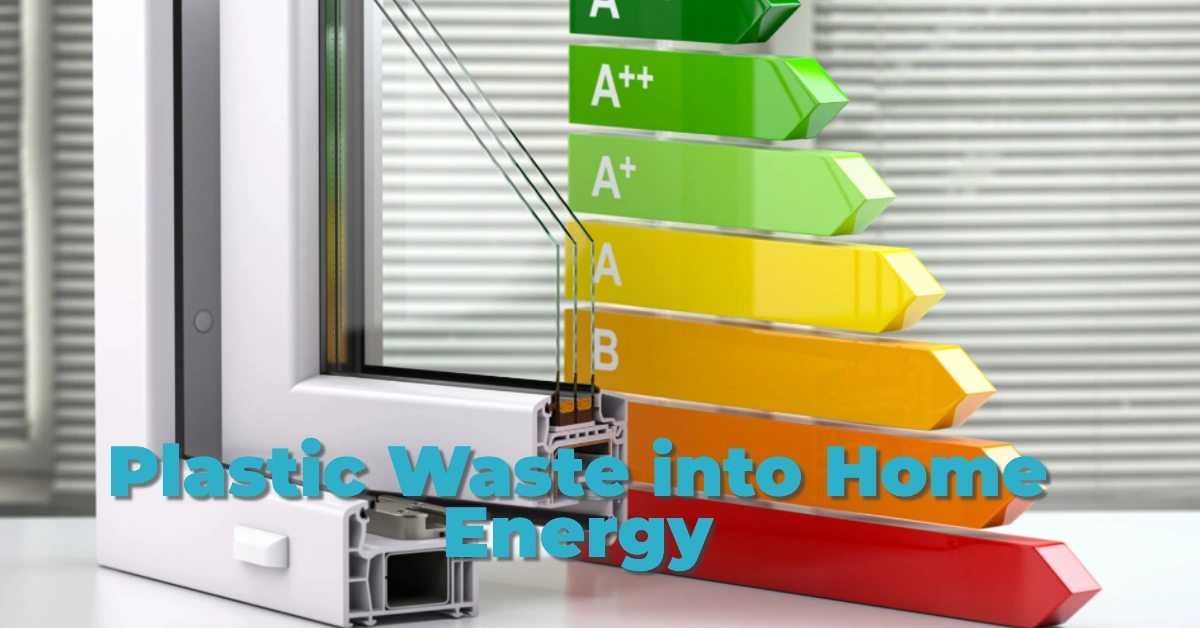Plastic pollution and the global demand for clean energy are two of the most pressing issues facing humanity today. While countless research projects aim to tackle these challenges separately, one retired engineer has developed an invention that addresses both problems simultaneously.
Table of Contents
Meet CarisMatic, a compact generator that transforms plastic waste into electricity, offering a sustainable and cost-effective energy alternative. Designed by Dan Caris, this shoebox-sized device could revolutionize household power generation, charge electric vehicles, and even be scaled up for industrial use—all while helping clean up the planet.
SNAP Benefits & Trump’s Federal Freeze: What You Need to Know
White House Confirms Social Security, SNAP, and Welfare Will Continue Amid Federal Aid Freeze
How a Simple Recycling Frustration Led to Innovation
The idea for this innovative generator was born out of frustration. Years ago, Caris attempted to recycle printer cartridges, only to be told they weren’t recyclable and would end up in a landfill. This moment sparked a deeper awareness of the massive plastic waste crisis and led Caris, an engineering veteran with 40 years of experience, to seek a solution.
Since more than 99% of plastic is derived from fossil fuels, Caris realized that plastic itself is essentially hardened fuel. Instead of disposing of it, why not extract its stored energy? After more than a decade of development, he secured patents for the CarisMatic generator in 2022, bringing his vision closer to reality.
How Does the CarisMatic Generator Work?
Unlike traditional solar panels or wind turbines, the CarisMatic generator requires only plastic waste—no external fuel or power sources. Here’s how it functions:
- Plastic Waste Pulverization: Household plastic items like bottles, bags, and packaging are ground into a fine powder.
- High-Temperature Conversion: The plastic powder is heated in a ceramic (or anodized aluminum) chamber, producing steam.
- Tesla-Inspired Turbine: The generated steam powers a boundary-layer turbine, a bladeless technology invented by Nikola Tesla in 1913.
- Carbon Capture Integration: The remaining plastic is broken down at a molecular level and combined with a carbon capture converter to minimize emissions.
- Electricity Generation: The process produces clean, usable energy, which can be stored or directly used to power homes and devices.
The exact energy output per gram of plastic remains undisclosed, as the prototype is still evolving. However, Caris’s company is actively refining the design to optimize performance and efficiency.
Plastic-to-Energy: A Growing Trend in Green Innovation
CarisMatic is not the only project working to convert plastic waste into energy. Several innovations have emerged in recent years, particularly in the maritime sector, where plastic pollution is a severe problem.
One promising technique, hydrothermal liquefaction, heats plastic waste to 500°C under extreme pressure, converting it into biofuel. Some projects use this method to power ships, allowing them to collect and process plastic debris from oceans while remaining energy self-sufficient.
Other solutions focus on plastic waste collection at sea, sorting materials onboard, and sending suitable plastics for onboard fuel conversion, while non-plastic materials like glass are sent to recycling centers.
A Game-Changer for Energy and Waste Management
While solar panels and wind energy remain key players in renewable energy, Caris’s invention presents a new frontier in sustainable power. If successfully commercialized, the CarisMatic generator could:
✅ Reduce landfill plastic waste
✅ Provide affordable energy to off-grid homes
✅ Offer an alternative to traditional fossil fuels
✅ Support global sustainability efforts
As the world looks for more innovative energy solutions, this plastic-to-electricity technology might soon become a household staple—proving that even waste can power the future.











One thought on “Revolutionary Invention Turns Plastic Waste into Home Energy – No Solar Panels Needed!”